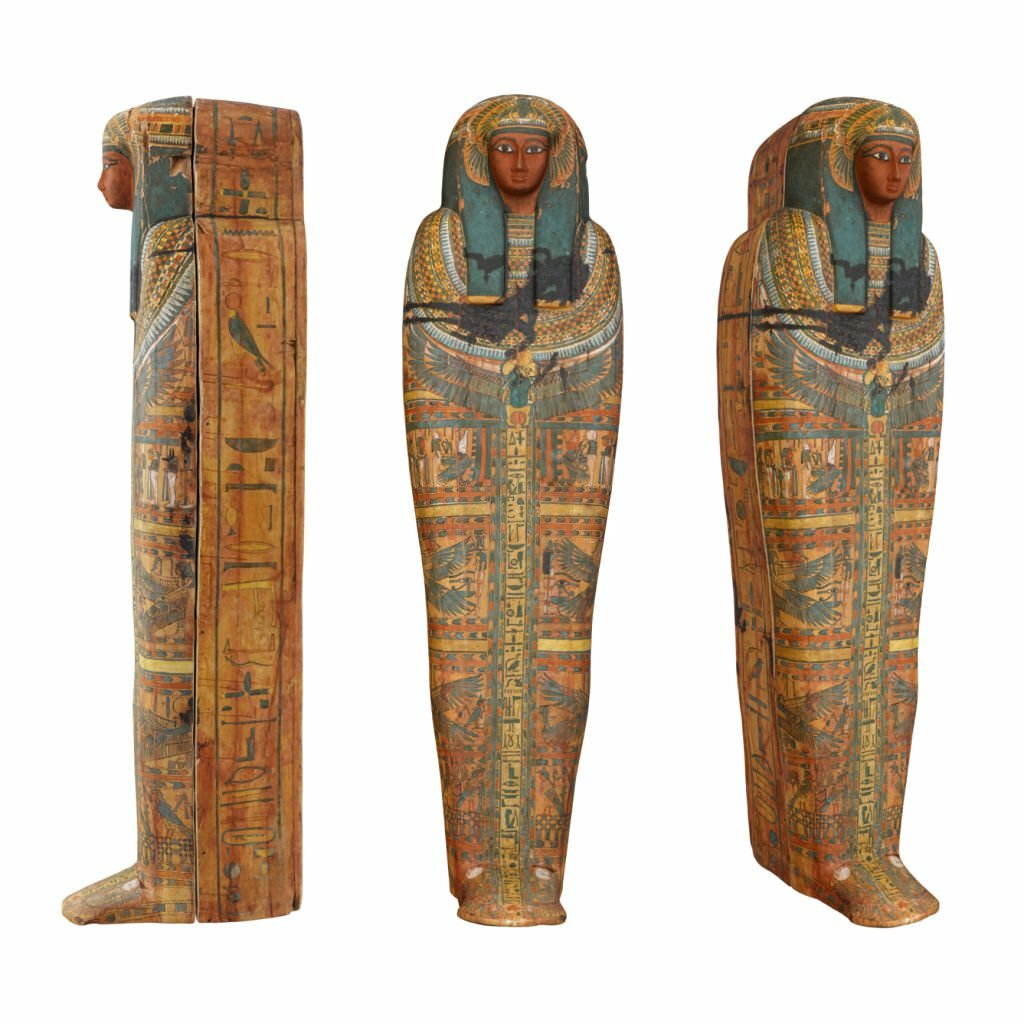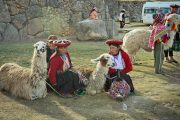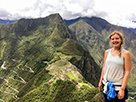In the heart of the Andes, high in the mountainous regions of South America, lie the remnants of a fascinating and mysterious chapter in Inca history – the Capacocha mummies. These well-preserved mummies, entombed in the icy heights of the Andes, offer a glimpse into the religious practices and sacrificial rituals of the Inca civilization, providing a poignant testament to the spiritual beliefs that once permeated the Andean highlands.
1. The Meaning of Capacocha:
The term “Capacocha” refers to a ritualistic ceremony practiced by the Inca civilization, involving the sacrifice of individuals to appease the gods and ensure the well-being of the empire. The individuals chosen for these sacrificial rites were often children, chosen for their perceived purity and connection to the divine.
2. Discovery in the Clouds:
The Capacocha mummies were not immediately unveiled to the modern world. In 1999, at the summit of Mount Llullaillaco on the Argentina-Chile border, high in the Andes, an archaeological team led by Dr. Johan Reinhard made a remarkable discovery. Three remarkably preserved mummies, known as the “Children of Llullaillaco,” were found in a ceremonial burial site at an altitude of over 22,000 feet.
3. Frozen in Time:
The extreme cold and arid conditions of the high-altitude burial sites played a crucial role in the preservation of the Capacocha mummies. The natural freezing and desiccation processes at such elevations helped maintain the integrity of the mummies, allowing researchers to study them with unprecedented detail.
4. Children of Llullaillaco:
The three mummies discovered on Mount Llullaillaco are among the most famous Capacocha sacrifices. Named “La Doncella” (The Maiden), “El Niño” (The Boy), and “La Niña del Rayo” (The Lightning Girl), these children were adorned in elaborate garments and surrounded by ceremonial objects, indicating the ritualistic nature of their sacrifice.
5. The Ritual Context:
The Capacocha sacrifices were complex ceremonies deeply rooted in Inca cosmology and religious beliefs. Children selected for these rituals were often chosen for their perceived purity and were thought to become intermediaries between the human and divine realms. The sacrificial act aimed to secure favorable conditions for the empire, including agricultural prosperity, protection from natural disasters, and the well-being of the ruling elite.
6. Sacrifice for Empire:
The Inca Empire was expansive, and the Capacocha sacrifices were conducted at various sites across the empire. Sacrifices were not only made in times of crisis but also during significant events such as the death of an emperor or the construction of major infrastructure projects. The children chosen for sacrifice were likely treated with great reverence before their fateful journey to the mountaintop.
7. Insights from Scientific Studies:
The discovery of the Capacocha mummies has opened a window into the past, allowing scientists to gain insights into Inca culture, lifestyle, and even the diet of the sacrificed individuals. Analysis of hair samples, for instance, has provided information about the children’s diets and exposure to different environmental elements.
8. Ethical Considerations:
The study and display of Capacocha mummies raise ethical questions about cultural preservation and respect for the deceased. Balancing the quest for knowledge with cultural sensitivity is a delicate challenge, prompting researchers to approach their work with the utmost respect for the beliefs and practices of the Inca descendants.
In conclusion, the Capacocha mummies stand as silent witnesses to a bygone era, a time when the Inca civilization sought communion with the divine through intricate rituals and sacrificial ceremonies. The discovery of these mummies atop the towering peaks of the Andes not only adds a layer of mystery to Inca history but also underscores the profound spiritual beliefs that shaped the lives of the Andean people. As researchers continue to unravel the secrets held by these frozen tombs, the Capacocha mummies remain an intriguing and poignant chapter in the exploration of ancient
Book your ticket here.










Comment (0)